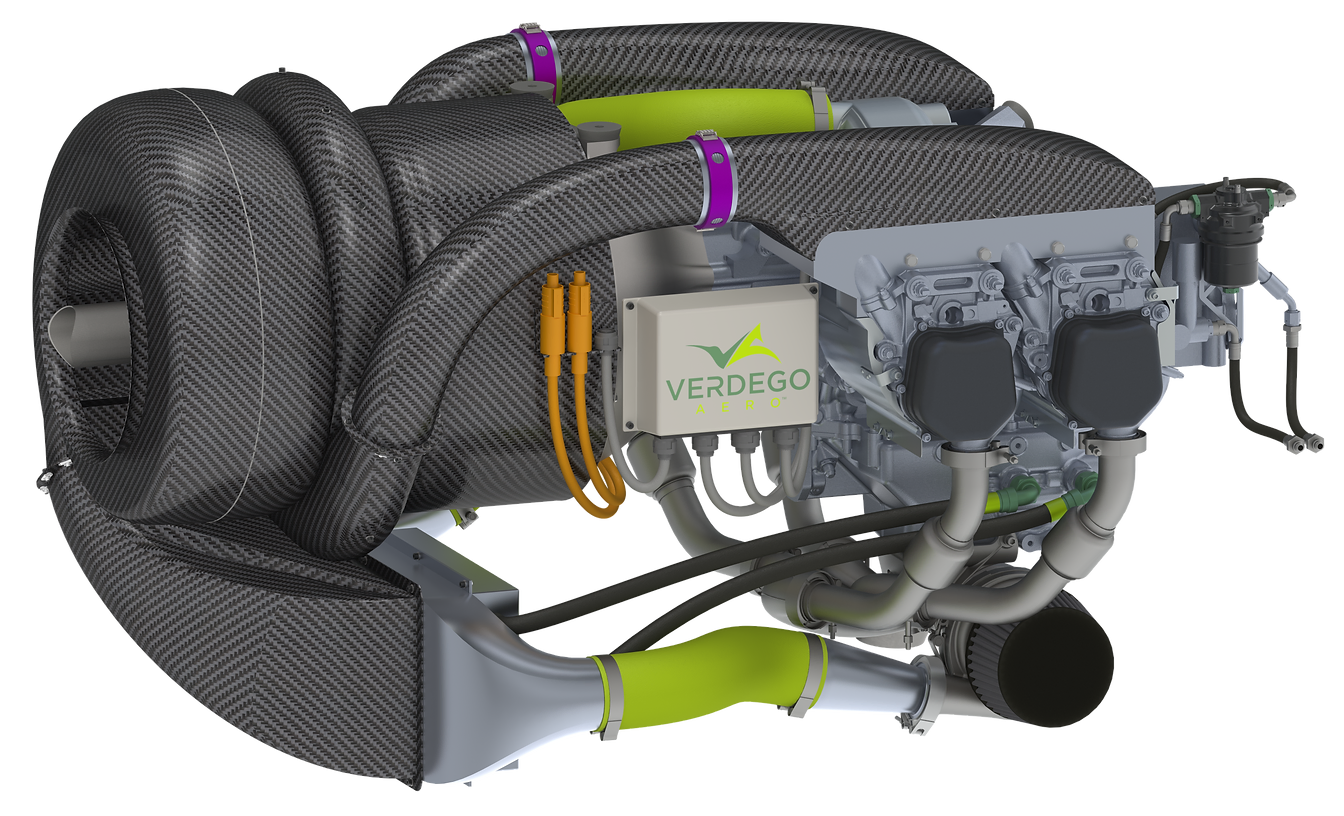Raytheon Invests In VerdeGo Hybrid Technology
With electric aircraft manufacturers struggling against limited battery capacity, aerospace giant Raytheon is at least modestly bullish on emerging hybrid electric technology. On Wednesday, the company announced that its venture…

With electric aircraft manufacturers struggling against limited battery capacity, aerospace giant Raytheon is at least modestly bullish on emerging hybrid electric technology. On Wednesday, the company announced that its venture arm, RTX Ventures, will pour $12 million into a hybrid startup called VerdeGo Aero. VerdeGo is obtaining additional funding from DiamondStream Partners, Seyer Industries and Standish Spring Investments. Avfuel Technology is also participating.
VerdeGo was founded in 2017 by Eric Bartsch, Erik Lindbergh and Pat Anderson. Bartsch has a background in powertrain systems and Anderson is a longtime engineering faculty member at Embry-Riddle University in Daytona Beach. Lindbergh is the grandson of Charles Lindbergh. VerdeGo’s product line will be hybrid electric powerplants driven by fossil fuels that generate sufficient electrical energy to power the distributed electric propulsion being widely utilized in urban air mobility vehicles and E-VTOLs.
“We think it’s going to take longer for batteries to get to be commercially viable. So we really think many of the successful UAMs will turn to hybrid systems. So what VerdeGo is doing is on the upstream part of electric propulsion,” Pat Anderson told AVweb after the announcement on Wednesday. Specifically, that means marrying an off-the-shelf internal combustion engine to a high-output electrical generator. But there’s a twist. VerdeGo is pursuing so-called blended technology, which means the powerplant is fitted with a device that can continually modulate between full electrical power, a blend of electric and direct mechanical power to a prop or full mechanical delivery. In that sense, the systems are both serial and parallel hybrids, depending on the aircraft requirement. Eventually, the thermal power will come from turboshaft or turbofan engines for outputs in the low megawatt ranges.
The company’s developmental product is called the VH3-185 and uses an SMA 305 diesel to drive the generator for a continuous output of 185 kilowatts. It runs on a blend of Jet A and Sustainable Aviation Fuel. Weight of the system? About 650 pounds, less fuel. Depending on the fuel load, that works out to about 2.3 HP/LB, compared to a few tenths for E-VTOLS that rely entirely on batteries. Key design advantages, said Anderson, are longer range and more burst power, since the hybrid system will also have a battery pack which could be recharged in flight and used when needed. By burning SAF, the company says carbon emissions will be significantly reduced.
Although the SMA 305—and the Continental Aerospace Technologies equivalent, the CD 265, are FAR Part 33 engines—the hybrid setup currently has no clear path to certification. But Anderson says discussions are underway with the FAA to get a cert program established. The company has done about 250 hours of endurance tests in a simulated hover state. It hopes to have a flying prototype by 2025. “We’re not sitting around waiting for fundamental chemistry changes to do this. I’m not trying to minimize what we’re doing. It’s a complex systems integration problem. But I see no showstoppers,” Anderson said.






